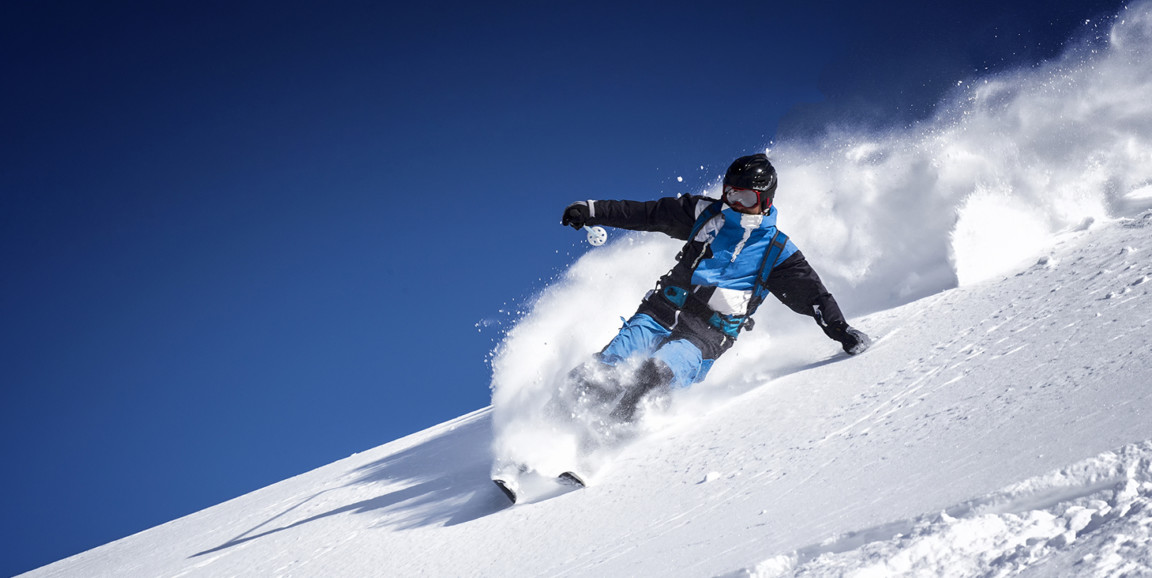The Winter Olympics are here again, and you know what that means: lots and lots of mental rehearsal, that thing where athletes picture themselves swooping around the gates of a downhill skiing course, spinning in mid air above a skating rink, and vigorously sweeping the ice with a broom (which is what you would do if you were into curling).
Psychologists — not to mention those athletes — know that mental rehearsal works, in the sense that picturing yourself doing something before you actually do it improves your chances of success or, if you're an Olympic athlete, a gold medal.
Why mental rehearsal works, however, has never been clear, so Saurabh Vyas; Krishna Shenoy, PhD, and colleagues decided to look into it — using a brain-machine interface:
'Mental rehearsal is tantalizing, but difficult to study,' said Vyas, a graduate student in bioengineering and the paper’s lead author. That’s because there’s no easy way to peer into a person’s brain as he imagines himself racing to a win or practicing a performance. 'This is where we thought brain-machine interfaces could be that lens, because they give you the ability to see what the brain is doing even when they’re not actually moving,' he said.
Using the brain-machine interface, the researchers learned that mental rehearsal could work by preparing the mind — and hence the body — for action. But perhaps just as important, Vyas and Shenoy say, is what the results suggest about the future of brain-machine interfaces not just as prosthetics for people with disabilities, but as a tool to understand the brain:
'It’s like building a new tool and using it for something,' Shenoy said. 'We used a brain-machine interface to probe and advance basic science, and that’s just super exciting.'
Read more in my Stanford News story.
Photo from Marcin Wiklik/Getty Images




